The American Southwest feels like nature’s greatest hits album rolled into one spectacular region. From the glowing red rocks of Arizona to the otherworldly formations of Utah, this corner of the country serves up landscapes that’ll make your jaw drop and your camera work overtime. Whether you’re chasing sunsets over the Grand Canyon or exploring ancient ruins tucked into canyon walls, the Southwest delivers experiences that stick with you long after you’ve returned home.
Planning a road trip through this region means choosing from an embarrassment of riches. Every state offers its own flavor of desert beauty, mountain majesty, and cultural treasures.
Here is a list of 16 incredible stops that’ll turn your Southwest road trip into an unforgettable adventure.
Grand Canyon National Park

The Grand Canyon isn’t just a hole in the ground – it’s a mile-deep masterpiece that took millions of years to carve. Standing at the South Rim, you’re looking at rock layers that tell the story of Earth’s history, with some formations dating back nearly two billion years. The canyon stretches 277 miles long and up to 18 miles wide, creating a landscape so vast it seems almost fictional. Even seasoned travelers find themselves speechless when they first peer over the edge and realize just how small they are in comparison.
Zion National Park
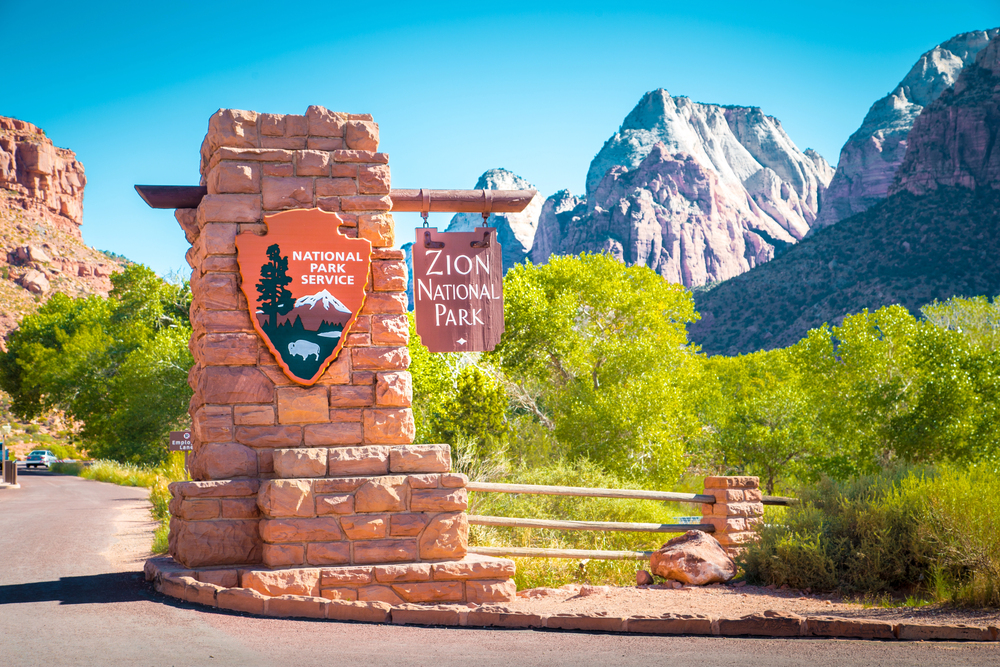
Zion flips the typical national park experience on its head by making you look up instead of out. The park’s towering sandstone cliffs create a natural cathedral where you’re walking through the bottom of ancient canyons rather than peering down from the top. The Virgin River carved these incredible formations over millions of years, leaving behind slot canyons so narrow you can touch both walls at once. Popular hikes like Angels Landing and The Narrows range from heart-pounding hikes to refreshingly cool treks, depending on whether you prefer heights or wading through rivers.
Antelope Canyon
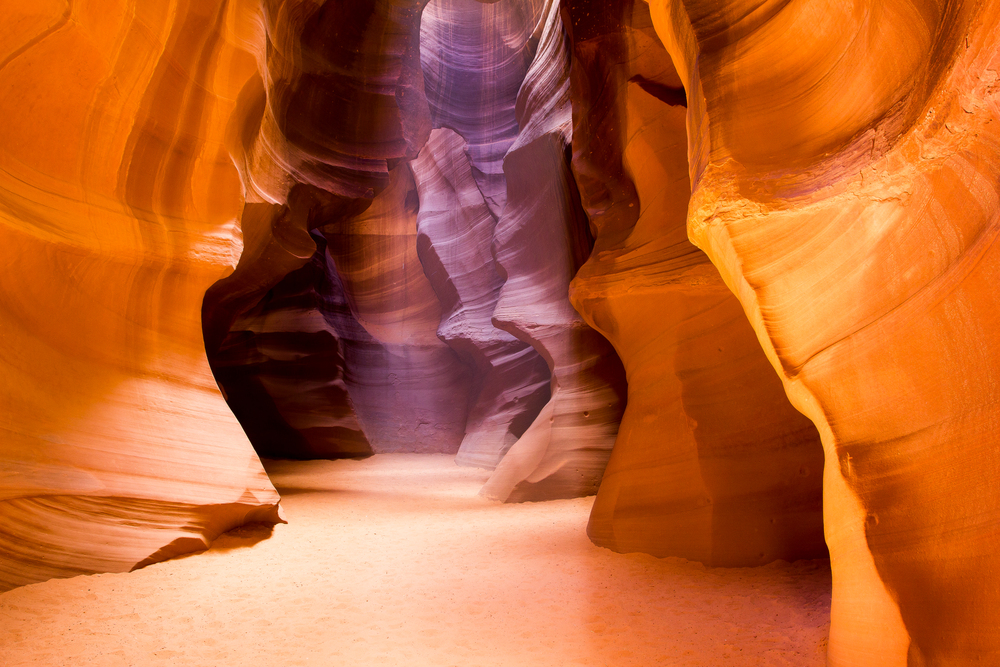
This slot canyon near Page, Arizona, feels like Mother Nature decided to try her hand at abstract art. Antelope Canyon’s smooth, wave-like walls create a natural light show as sunbeams filter down from the narrow opening above, painting the red sandstone in shades that shift throughout the day. The Upper and Lower sections each offer different perspectives, with Upper Antelope being famous for those ethereal light beams that photographers dream about. You’ll need a guided tour to visit, but watching the light dance across those sculpted walls makes the planning worthwhile.
Bryce Canyon National Park
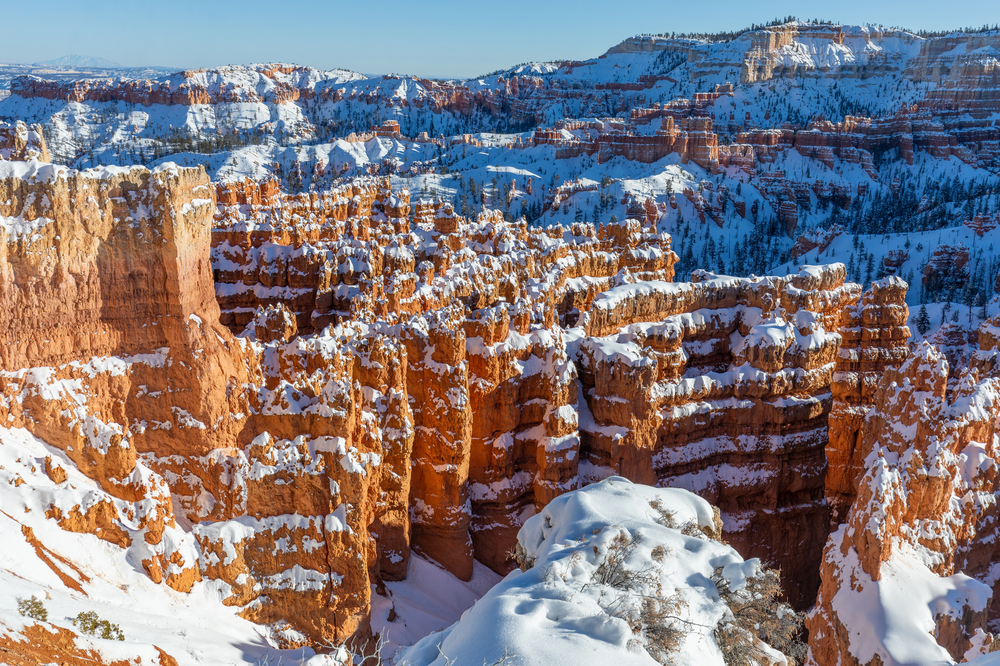
Despite its name, Bryce Canyon isn’t actually a canyon, but a collection of natural amphitheaters filled with otherworldly rock spires called hoodoos. These red, orange, and white formations stand like an army of stone sentinels, created by millions of years of frost wedging and erosion. The park sits at high elevation, meaning cooler temperatures and some of the clearest night skies you’ll find anywhere in the country. Sunrise Point offers views that’ll make you an early riser, while the park’s hiking trails let you wander among the hoodoos like you’re exploring an alien landscape.
Monument Valley
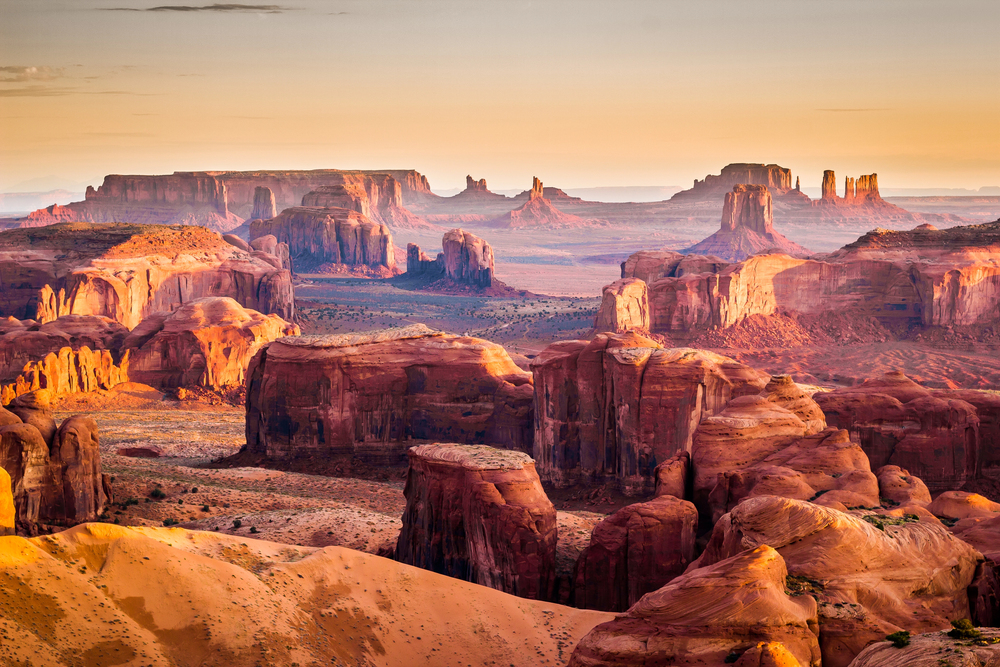
Monument Valley’s iconic sandstone buttes have starred in more Western movies than John Wayne, and for good reason. These massive formations rise from the desert floor like ancient skyscrapers, creating a landscape that screams ‘American West’ to anyone who sees it. The Navajo Nation manages this sacred land, offering guided tours that share both the geological wonders and cultural significance of the area. Driving the 17-mile scenic loop feels like cruising through a movie set, with each turn revealing new perspectives on these magnificent monuments.
Sedona
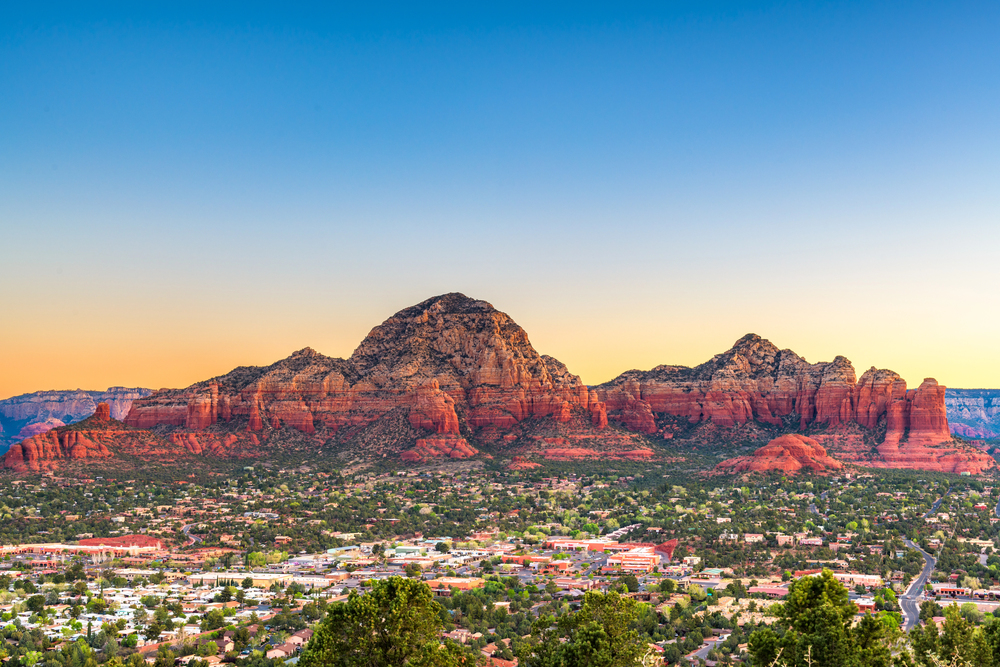
Sedona combines stunning red rock formations with a New Age vibe that attracts everyone from spiritual seekers to outdoor enthusiasts. The town sits surrounded by crimson cliffs and spires that glow like fire during sunrise and sunset, creating a natural amphitheater that’s both beautiful and supposedly energizing. Beyond the crystal shops and meditation centers, Sedona offers world-class hiking trails like Devil’s Bridge and Cathedral Rock that deliver Instagram-worthy views. The contrast between the red rocks and bright blue Arizona sky creates a color combination that seems almost too vibrant to be real.
Page and Lake Powell
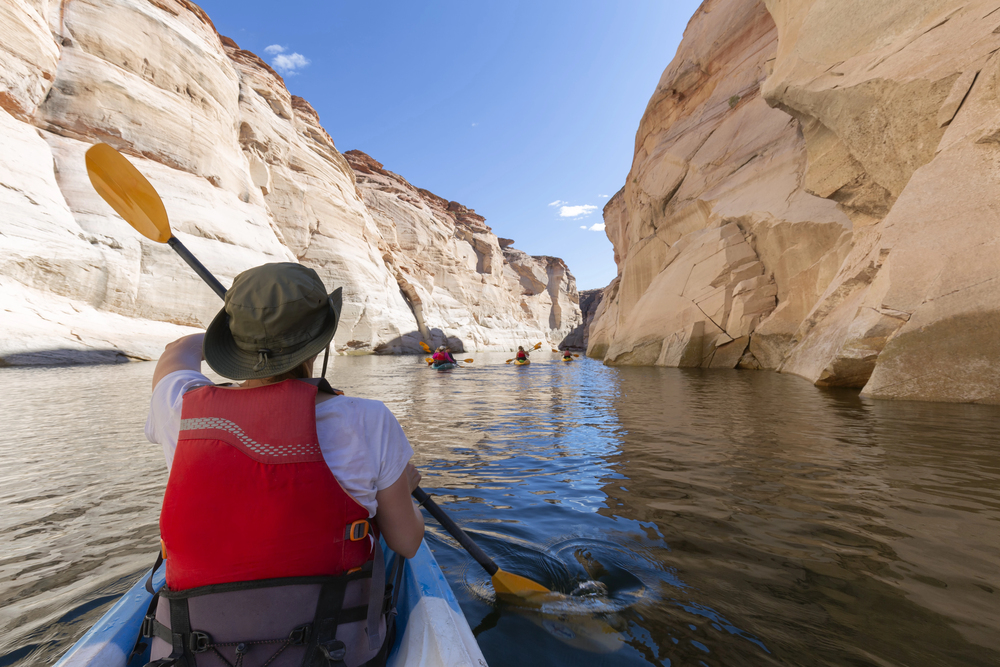
Page serves as your gateway to some of the Southwest’s most photographed attractions, including Antelope Canyon and Horseshoe Bend. Lake Powell, the second-largest reservoir in the United States, stretches 186 miles through a landscape of red rock canyons and hidden coves. The lake’s turquoise waters create a striking contrast against the surrounding desert, offering everything from houseboating adventures to scenic overlooks. Horseshoe Bend, just a short hike from Page, provides one of those views that makes you question whether you’re looking at a photograph or reality.
Arches National Park

Arches National Park protects over 2,000 natural stone arches, more than anywhere else on Earth. These incredible formations range from massive spans like Landscape Arch, which stretches 306 feet, to delicate ribbons of rock that seem to defy gravity. The park’s red sandstone creates a Martian landscape that’s been shaped by millions of years of erosion, salt movement, and weathering. Delicate Arch, Utah’s most famous landmark, stands alone on a rock ledge like nature’s version of a monument, especially spectacular when framed against the La Sal Mountains in the distance.
Capitol Reef National Park
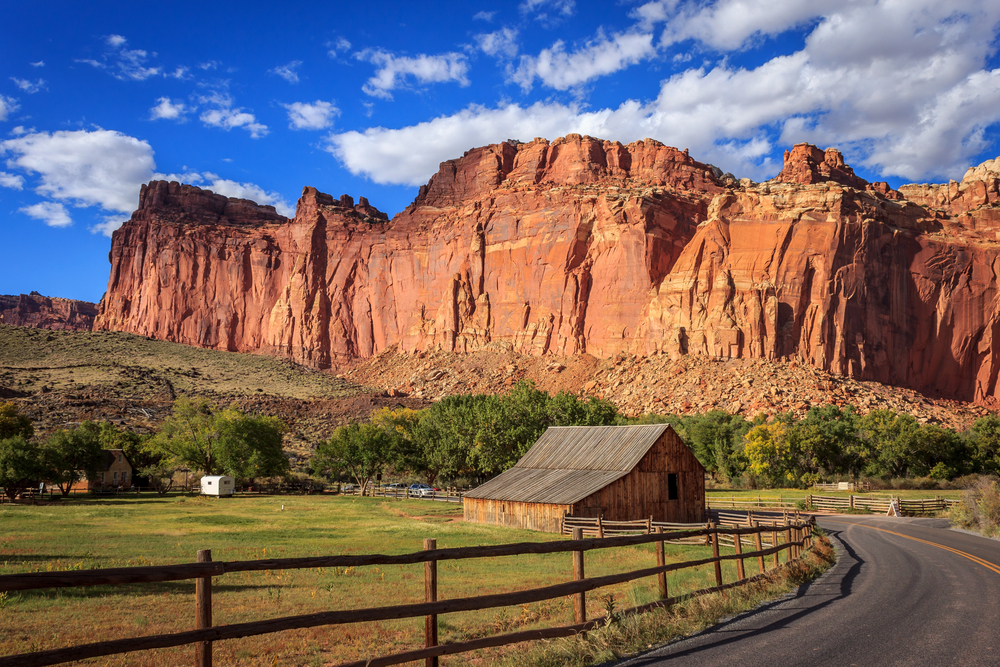
Capitol Reef often gets overshadowed by Utah’s more famous parks, but this hidden gem offers incredible geology without the crowds. The park preserves a 100-mile-long wrinkle in the Earth’s crust called the Waterpocket Fold, creating a landscape of colorful cliffs, canyons, and domes. The area’s history includes ancient petroglyphs created by the Fremont people and a pioneer settlement called Fruita, where you can still pick apples and cherries in season. The park’s scenic drive winds through Capitol Gorge, where early travelers carved their names into the canyon walls, creating an old-school guestbook written in stone.
Death Valley National Park
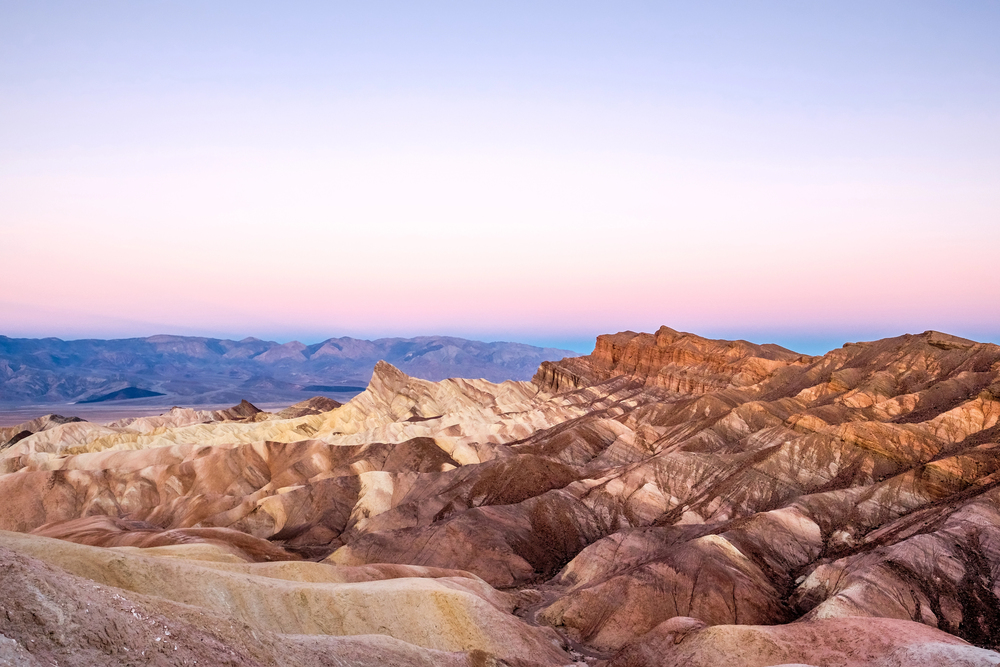
Death Valley holds the record as the hottest, driest, and lowest place in North America, yet it’s far from lifeless. This massive park spans 3.4 million acres of diverse landscapes, from salt flats that stretch to the horizon to mountain peaks that rise over 11,000 feet. Badwater Basin sits 282 feet below ocean level, while the Mesquite Flat Sand Dunes create a Sahara-like landscape perfect for sunrise photography. The park’s extreme conditions have created unique formations like the sailing stones of Racetrack Playa, where rocks mysteriously move across the desert floor, leaving trails behind them.
Joshua Tree National Park
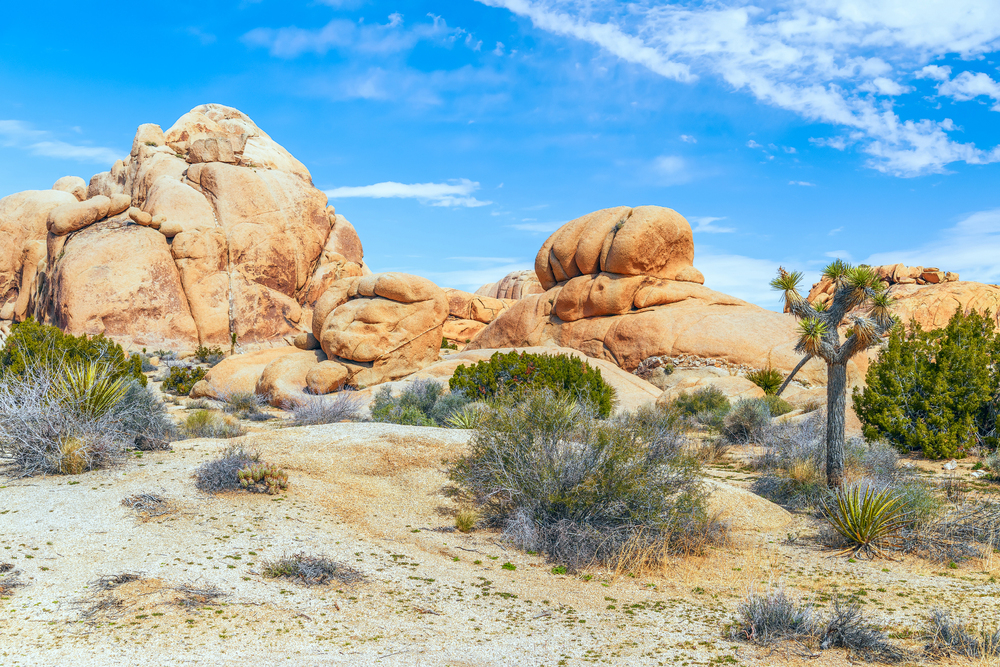
Joshua Tree sits where two distinct desert ecosystems meet, creating a landscape that feels like stepping onto another planet. The park’s namesake Joshua trees aren’t actually trees but the world’s largest yucca plants, growing in twisted, alien-like shapes that Dr. Seuss would admire. Rock formations throughout the park create natural climbing gyms and hiding spots, while the clear desert air makes Joshua Tree one of the best places in Southern California for stargazing. The contrast between the high Mojave Desert and low Colorado Desert creates diverse habitats where you might spot everything from desert tortoises to bighorn sheep.
Santa Fe
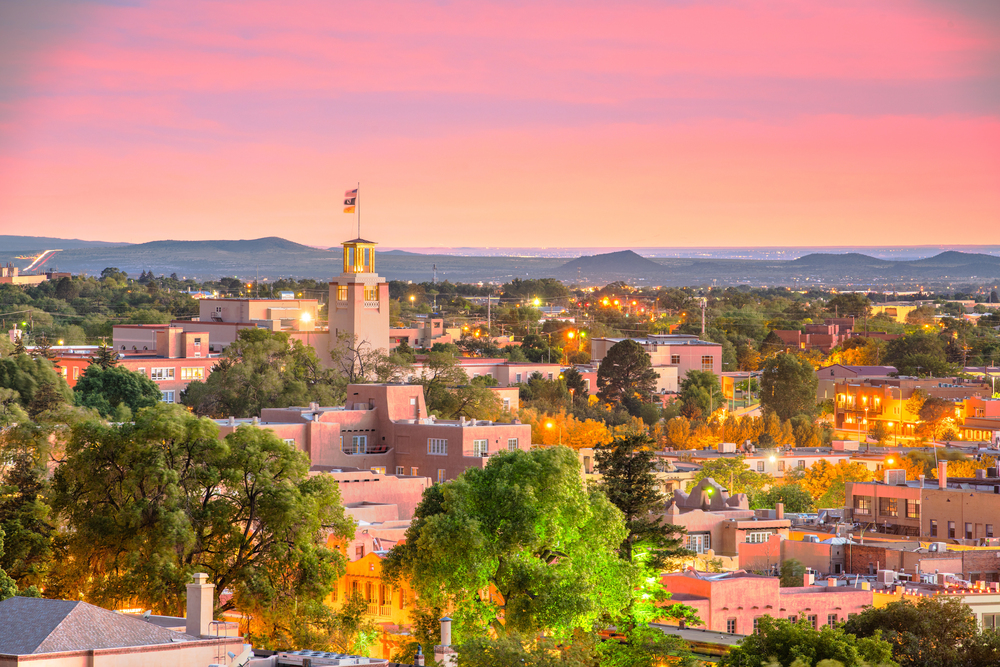
Santa Fe blends Native American, Hispanic, and Anglo cultures into a unique Southwestern experience that’s been evolving for over 400 years. The city’s adobe architecture creates a cohesive look that feels both ancient and timeless, while the art scene ranges from traditional pottery to cutting-edge galleries. The Plaza serves as the heart of the historic district, surrounded by shops selling everything from turquoise jewelry to contemporary paintings. Santa Fe’s elevation of 7,200 feet means cooler temperatures and four distinct seasons, making it a refreshing change from the desert heat found elsewhere in the Southwest.
Mesa Verde National Park
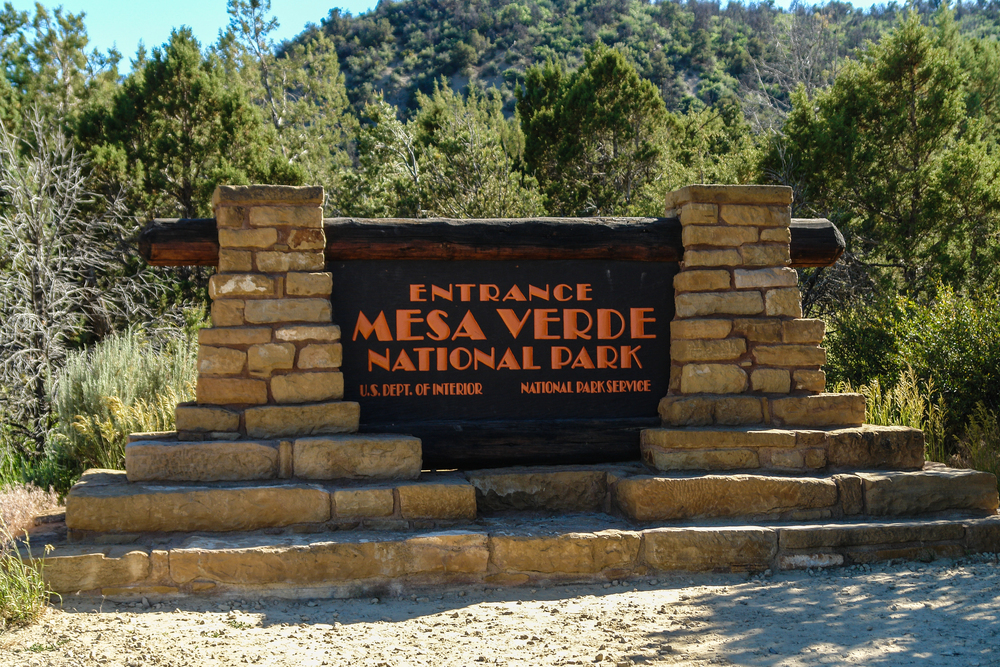
Mesa Verde preserves some of the best-preserved cliff dwellings in North America, built by the Ancestral Puebloan people over 700 years ago. These incredible structures were built directly into cliff faces, creating communities that seem to grow out of the rock itself. Cliff Palace, the largest cliff dwelling in North America, contains 150 rooms and 23 kivas, showcasing the sophisticated engineering skills of its builders. The park offers guided tours that let you actually climb into these ancient homes, providing insights into how people lived in this challenging landscape centuries before modern conveniences.
Moab
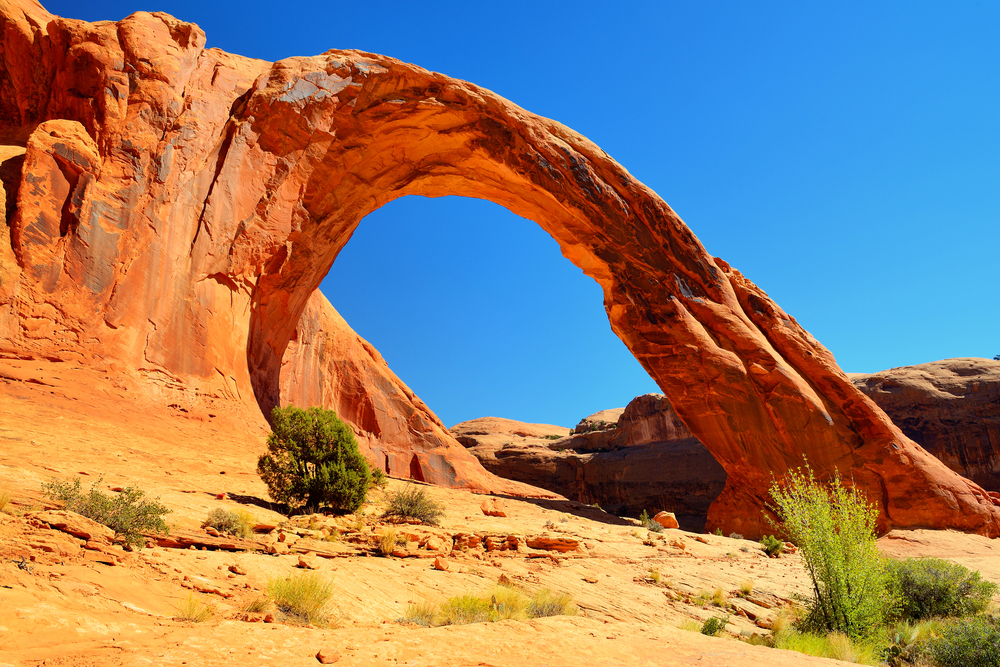
Moab serves as the adventure capital of the Southwest, offering everything from world-class mountain biking to whitewater rafting on the Colorado River. The town sits surrounded by red rock formations that create natural playgrounds for outdoor enthusiasts, while maintaining a laid-back vibe that welcomes everyone from hardcore athletes to casual sightseers. Moab’s location makes it the perfect base for exploring both Arches and Canyonlands National Parks, while the town itself offers excellent restaurants, breweries, and gear shops. The contrast between Moab’s green riverfront and the surrounding red desert creates an oasis effect that’s both beautiful and refreshing.
Four Corners Monument
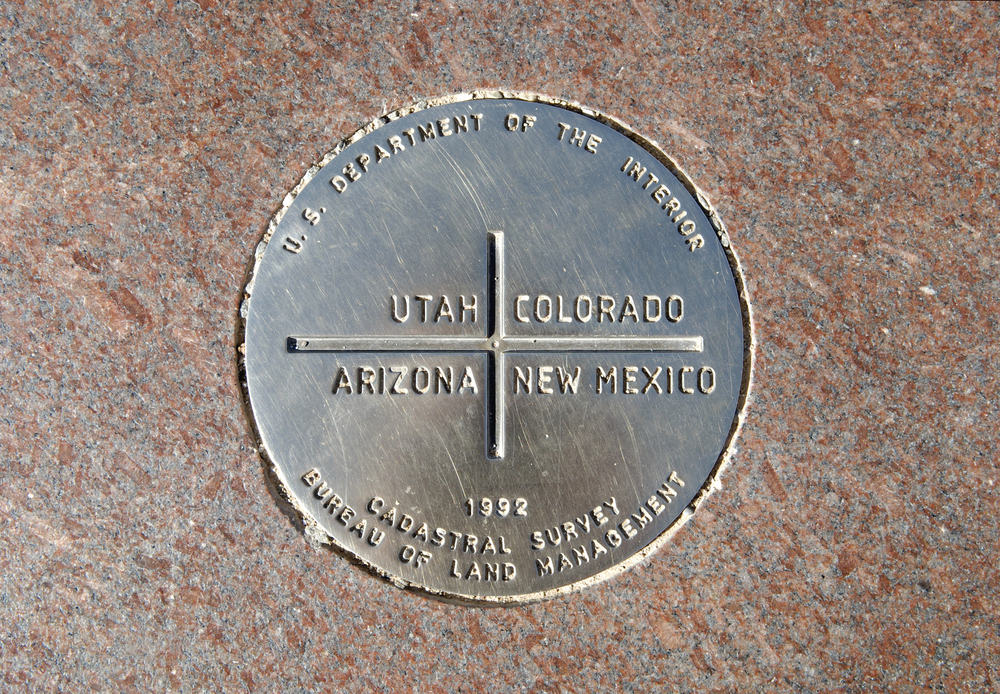
Four Corners marks the only place in the United States where four states meet at a single point, letting you literally stand in Arizona, Utah, Colorado, and New Mexico simultaneously. While the monument itself is simple – a bronze disc marking the intersection – the experience of being in four states at once has a quirky appeal that draws travelers from around the world. The surrounding area showcases the diverse landscapes that define each state, from red rock formations to pine-covered mountains. Navajo vendors sell traditional crafts and fry bread, adding cultural richness to this unique geographical oddity.
Canyon de Chelly
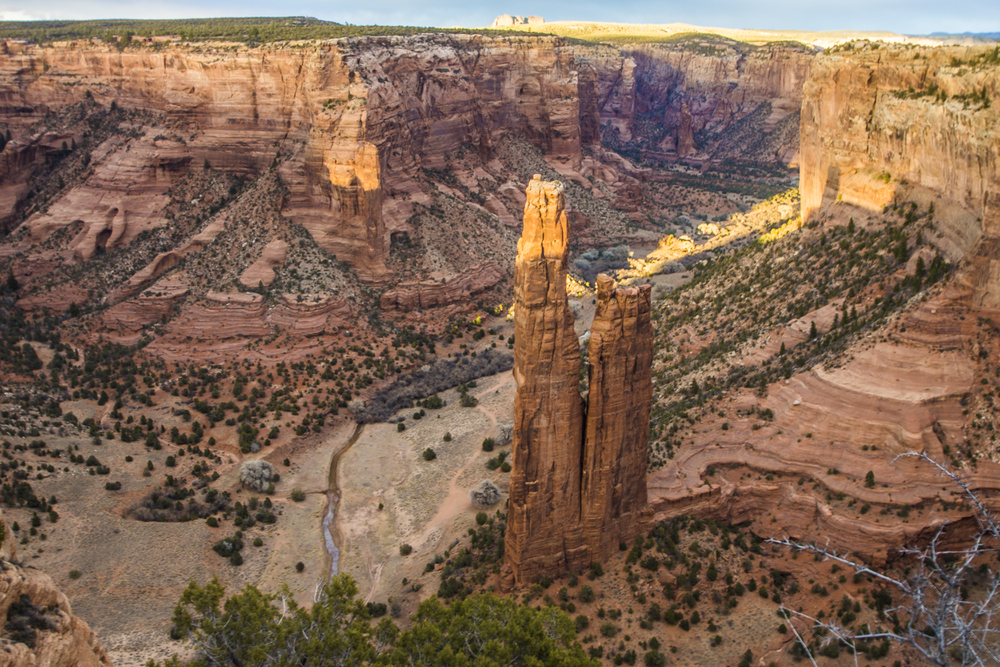
Canyon de Chelly combines spectacular geology with rich cultural history, creating a landscape that’s both beautiful and sacred to the Navajo people. The canyon’s sheer walls rise up to 1,000 feet above the valley floor, sheltering ancient ruins and traditional Navajo farms that still operate today. Spider Rock, an 800-foot sandstone spire, serves as a spiritual landmark and one of the most photographed formations in the Southwest. Unlike most national monuments, Canyon de Chelly remains home to Navajo families who continue traditional farming and grazing practices, making this a living landscape rather than just a preserved relic.
The Living Desert Continues
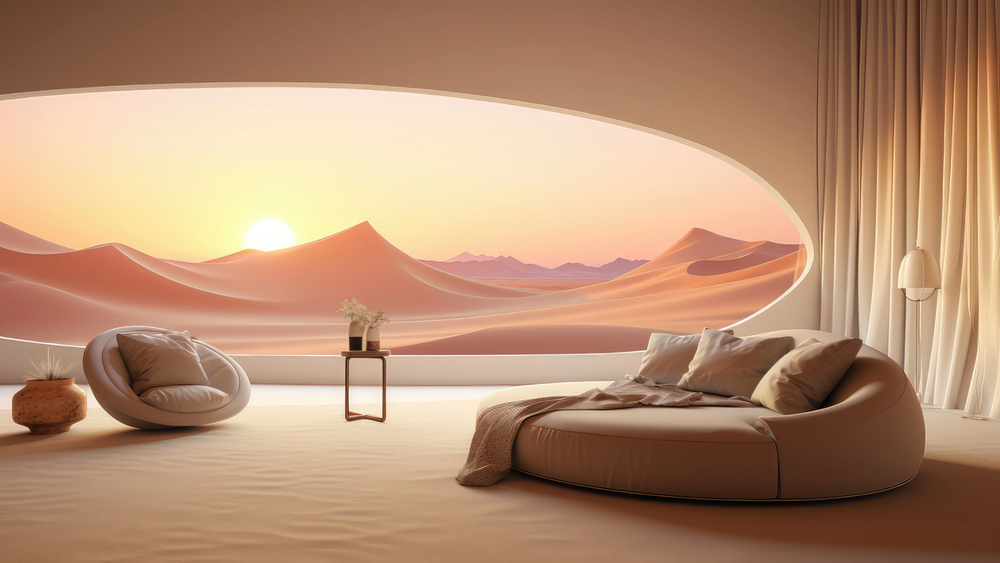
Today’s Southwest road trip connects you to landscapes that have inspired travelers for generations, from ancient peoples who built cliff dwellings to modern adventurers seeking Instagram-worthy sunsets. These 16 stops represent just a fraction of what the region offers, each one telling part of the story of how wind, water, and time have sculpted one of America’s most distinctive landscapes. The roads between these destinations often prove just as memorable as the destinations themselves, winding through painted deserts and mountain passes that change character with each mile. Your Southwest adventure becomes part of a long tradition of people drawn to this land of extremes, where every sunrise brings new colors to ancient rocks.
More from Travel Pug

- 20 Best Beach Towns in the Carolinas
- 13 Destinations Where Tourists Regularly Regret Their Trip
- 20 Things You Actually Get in First Class
- 20 Small Airports With Aviation Museums
- 20 Places in the U.S. That Are Perfect for a Reset Trip
Like Travel Pug’s content? Follow us on MSN.
